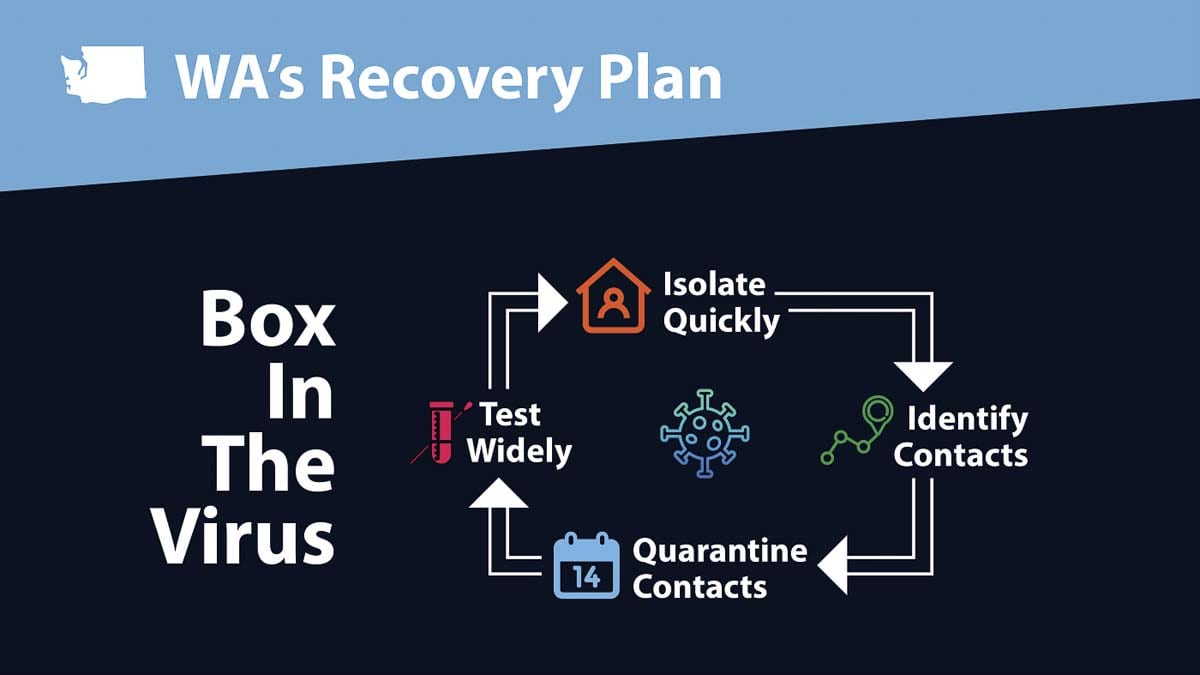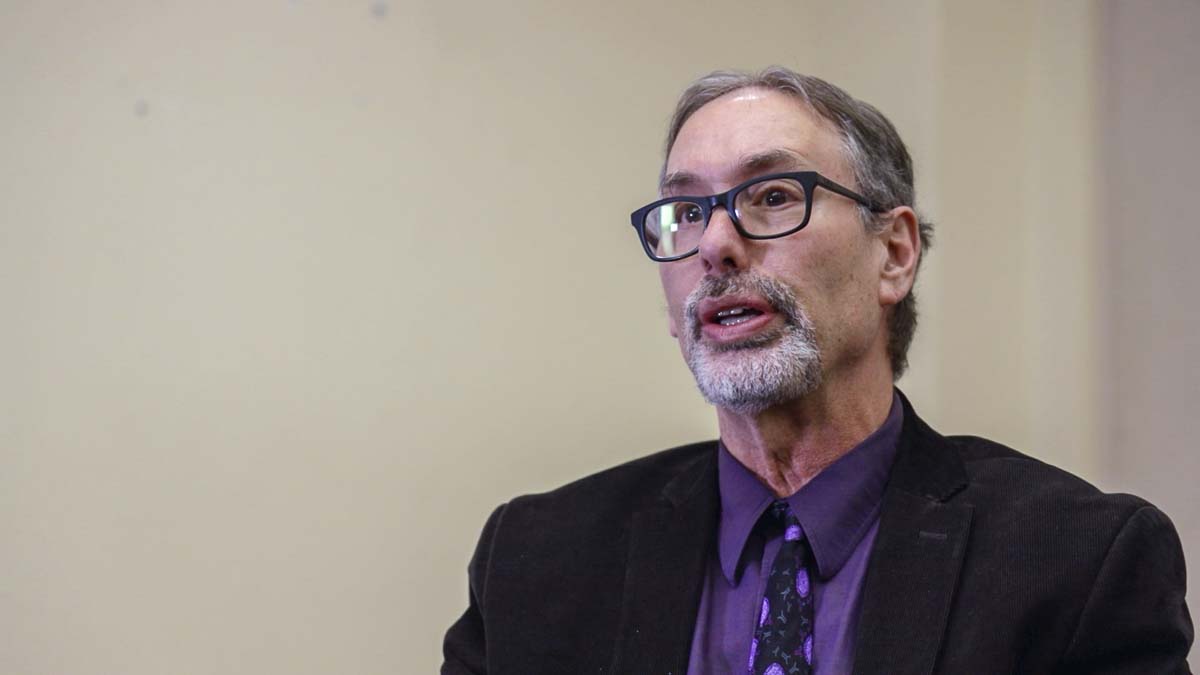More than 10 percent of confirmed cases can’t be reached within 24 hours
CLARK COUNTY — The ongoing efforts by Clark County Public Health to investigate confirmed COVID-19 cases and notify close contacts has hit a snag.
The reason, human behavior.

At Wednesday’s Clark County Board of Public Health meeting, Dr. Alan Melnick, the county’s public health officer and health department director, said they have greatly improved the number of confirmed COVID-19 cases being reached within 24 hours.
In June, Public Health was reaching only seven percent of new cases within 24 hours. That led to more staff being brought in, and the department adjusting its strategy to contact new cases first before working through the backlog.
With daily new cases dropping from around 30 on average earlier this month to a current rate of 21, Public Health has made headway on reaching out to confirmed cases.
Now, they just need people to pick up the phone.
“Not all the cases answer their phone or respond to texts,” Melnick told the Board.

Melnick said his department is reaching 61 percent of new cases within 24 hours, and 34 percent of close contacts within 48 hours. Those numbers would be much higher, he added, if people would get back to them.
“We generally make three attempts, each more than four hours apart, before counting it as an unsuccessful attempt,” Melnick said.
Since his department started keeping track of unsuccessful attempts, Melnick said, they’ve had 42 cases which couldn’t be reached within 24 hours.
“If you add those to the number of cases reached, we’re really at 73 percent,” he said. “We need to be higher than that, but we’re making progress in that direction.”
The state metric for counties is to contact 90 percent of new cases within one day, and 80 percent of close contacts within 48 hours of a positive lab result.
Melnick noted that their success rate on close contact notification dropped from over 70 percent to just 34 percent after they realized an error in calculating the metric.
“We actually were using the metric of when we learned about the close contact,” Melnick said, “not when we were notified about the date of the positive result in the case.”
Correcting for unsuccessful attempts to reach those close contacts, Melnick said, would mean the Public Health Institute is currently reaching, or attempting to reach, 46 percent of close contacts within 48 hours of a positive lab result.
Since close contacts are a subset of positive cases, Melnick noted, the fewer cases they can reach, the lower the close contact notification rate will be.
The county is also working with PHI, Melnick said, to begin tracking their success rate when it comes to active monitoring of close contacts. The agency is expected to reach out to close contacts on a daily basis to monitor for symptoms.
Testing metrics changing
The Washington State Department of Health (DOH) is adjusting how it measures testing, starting this week, and will begin counting all tests conducted. Previously, the state had only been tracking each person who was tested, even if they had received multiple tests.
On Wednesday, Melnick said he doesn’t anticipate that the new tracking method for tests by DOH will have any impact on the county’s statistics.
“We’ve been reporting the total number of tests, including multiple negatives for the same individual all along” Melnick said.
The change in methodology, however, has meant that test positivity rates have not been updated since late July. Melnick said he anticipates having updated metrics for that in time for the next Board of Public Health meeting.
Testing capacity set to improve
Last month, Melnick had warned that the county was facing “deja vu all over again,” when it came to testing supplies, as COVID-19 outbreaks spiked in other parts of the country.
While that hasn’t changed in the short term, Melnick said The Vancouver Clinic is currently slated to receive a new testing platform from Thermo Fisher Scientific by October, which will allow them to run up to 800 tests per day, with a turnaround time of as little as 18 hours, using a more widely available generic reagent.
“It’s not dependent on proprietary supplies that can be in short supply,” Melnick said. “That capability will be really good for the county.”
Labor Day weekend prompts warnings
Melnick wrapped up with a word of caution to Clark County residents around the upcoming Labor Day weekend next month.
With the rate of new cases dipping slightly in recent weeks, Clark County is now in the “moderate” risk category for school reopenings. The state is mandating that counties remain at or below that level for three consecutive weeks in order to allow students to begin returning to classrooms.
Melnick said his department will be closely monitoring infection rates for the three weeks following the holiday, hoping that rates of infection remain low enough to begin allowing schools to transition from online-only to a hybrid model.
“It’s really critical to get children back into school,” said Melnick, “and whatever we can do as a community and as individuals to physically distance, wear face coverings, and avoid gatherings will help us move that metric in the right direction.”




